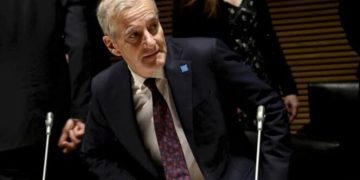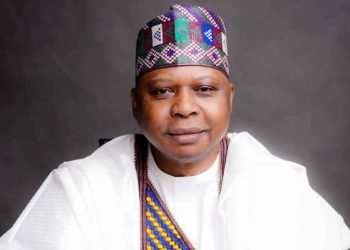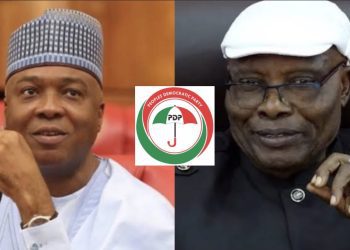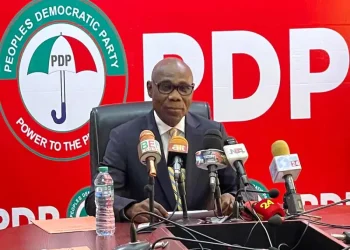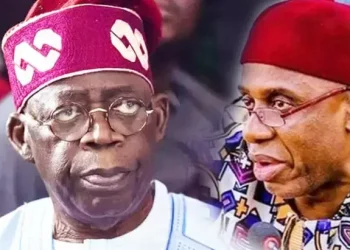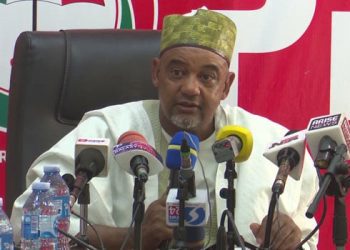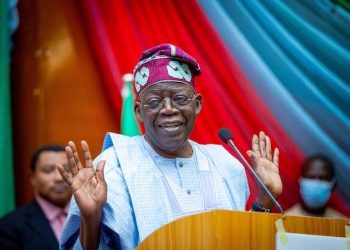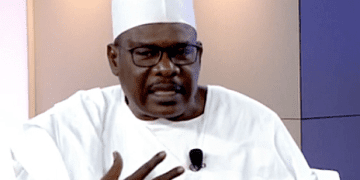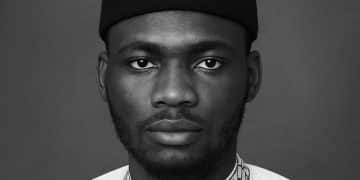On Monday, people in Norway will go to the polls to choose their next government. It is expected to be a very close election. While many Norwegians are mainly concerned about everyday issues at home, international problems,such as U.S. President Donald Trump’s threats of trade tariffs and the ongoing war in Ukraine, may give the current government an advantage.
The country is currently led by Prime Minister Jonas Gahr Store, from the Labour Party. He has been in politics for decades and is seen as an experienced leader. Recent opinion polls suggest that his party has a small lead, but nothing is guaranteed. Experts say that during times of global uncertainty, voters often prefer to stick with leaders they already know rather than risk a change.
Even though international tensions are important, most of the election campaign has focused on issues closer to home. Many Norwegians are worried about the rising cost of living, such as food and housing prices, problems in the healthcare system, differences between rich and poor, how the education system should be improved, and whether or not the wealth tax should be removed. These topics have split voters, with some arguing that cutting taxes would help the economy and others saying it would only benefit the rich.
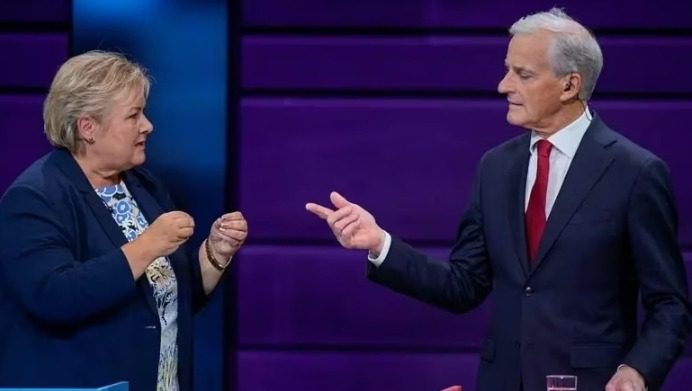
Polling stations will close at 19:00 GMT on Monday, and the first results are expected soon after. Amalie Sydtveit, a 30-year-old physiotherapist, explained the feelings of many voters: There’s a lot of potential for things to be better in Norway, but because of the world situation, I believe stability is important.
Norway, a NATO member, shares a border with Russia in the Arctic. Because of this, the war in Ukraine feels very close and personal. In addition, Norway’s economy depends heavily on exports of oil, gas, and other goods, which means trade disputes or tariffs from countries like the United States can affect it directly. Political scientist Johannes Bergh pointed out that Store’s long career in foreign policy gives him credibility. Store first became foreign minister 20 years ago and has dealt with international crises for much of his life. Bergh explained: “Donald Trump’s election in the United States, talk about tariffs, and the uncertainty in world trade, plus the war in Ukraine, all of these international problems make voters more likely to support the government that is already in power.”
Store currently leads a single-party minority government. Earlier this year, he gained support when former NATO chief Jens Stoltenberg, who is very popular in Norway, returned to government service. Even so, Store will likely need the support of four other left-leaning parties if he wants to stay in office after the election. But the left bloc is far from united. There are disagreements about several key issues. The Labour Party supports continued oil exploration, while the Green Party strongly opposes it. Labour and the Greens favor closer ties with the EU, even possible membership in the long term. But the Centre Party and the far-left parties oppose this idea, along with most Norwegian voters. The far-left also wants Norway’s huge oil fund, the largest in the world, to stop investing in Israel, but the Labour Party disagrees.
Because of these differences, Store may find it difficult to build a stable coalition. On the streets of Oslo, some voters say they want new faces in power.I’d like some new ideas, some other politicians in charge, said Anne-Inger Hellekjaer, a 42-year-old librarian.
The opposition parties on the right are also divided. Former Prime Minister Erna Solberg leads the Conservative Party, but she has recently been overtaken in the polls by the Progress Party, which is known for its strong anti-immigration stance. The Progress Party’s leader, Sylvi Listhaug, is gaining popularity, but she is a controversial figure. While some voters like her tough positions, others, especially moderates, find her views too extreme.This makes it harder for her to unite the right. The right-wing bloc also includes two smaller centre-right parties. One of them, the Liberal Party, disagrees strongly with the Progress Party on issues like climate change, Norway’s relationship with the EU, and immigration policy.
With both the left and the right split internally, the outcome of the election is hard to predict. Store remains the most likely candidate to continue as prime minister, but forming a workable government could be challenging for either side. Norwegians will find out more once the first results are announced on Monday evening. Until then, both voters and politicians are left waiting in suspense.
